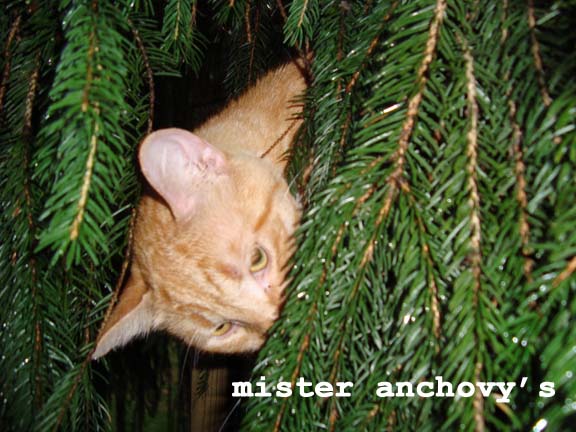The character of forests
I've spent a good deal of time over the years chasing trout, which has brought me into contact with any number of forests. For me though, for many years, forests were places trout streams flowed through. I was more interested in the character of the streams than the character of the forest.
There are some fly fishers who have involved themselves in the phenology of the business to the point where looking at the forest plants provides clues to the insect activity and so to the trout behavior. I've spent lots of time watching trout go after insects and birds go after insects and I understand some of those relationships pretty well. Of course the evidence of that is tying up the right fly pattern for conditions and actually catching some trout. I don't make the associations though, between what's happening in the forest and what's happening on stream. Enthusiasts with that interest might enjoy a fascinating little book called The Phenological Fly, by Bob Scammel.
This summer, since I've been learning about identifying mushrooms, especially the edible ones, I've been paying a lot more attention to forests. It became obvious fairly quickly that my poor ability to identify conifers was a huge liability. Some mushrooms tend to grow around hemlock, for instance, but I couldn't pick out a hemlock in the woods. Some boletes apparently prefer Norway spruce to black spruce. Do you know the difference? There are lots of opportunities to learn in the forest.
As I've been wandering about various forests, looking for and at fungi, I've begun to characterize forests based on the mix of trees (pine plantation, mixed hardwoods, mixed forest with hemlock, hardwoods with plenty of oak, and so on), and based on other factors as well. Some forests are easier to walk in than others, and some are just about inpenetrable. Some are on dry ground, while others are what I've come to call "malarial bog", a loose term describing just about any damp mosquito-infested forest. I know of a couple forests that never seem to really dry out, even without rain.
I've started to really pay attention to where I am in a forest, because looking for mushrooms takes you off the trails much of the time. Of course, sometimes the mushrooms are closer to the trail than you expect. The other day I found several chanterelles smack in the middle of a trail. I guess this is like the fly fisher who regularly catches good trout at the bridge pool. I've also started to pay attention to specific conditions within the larger forest. On Saturday, I was out with my brother and we found a gentle trough with a hill rising on both sides. This spot showed us quite a variety of mushrooms, including some curious and tasty mushrooms known as "Sweet Tooth" or "Hedgehog". Further up the hill on either side, there seemed to be nothing. Yet it wasn't the lowness of the trough that created the right conditions. On the other side of the trail, we looked through forest which was as low and lower with no success. I suppose with experience, I'll be able to identify the right subsets of conditions for various types of mushrooms. For now, although I'm learning quickly, there is a lot of hit and miss going on.
This is similar to my early experiences fly fishing. I recall thinking, well there are rising trout, I'll try a dry fly. Years later, I would look at the same scene and think something like, the trout are on the isonychia duns in shallow water, knowing the fish had followed the isonychia swimming nymphs into the shallows where they emerged and became mayflies, and were gobbling up the big adult flies before they were able to take flight. With experience comes detail.

6 comments:
I have learned from the hiking we've been doing. I've started to recognize the types of conifers that make up the majority of the forests. What I've found interesting are the meadows where the trees are smaller with (I think) more spruce and pine versus the big cedars in the subalpine forest. The terrain is open and there's lots of brush made up of blueberries, mountain heather and lupines. I don't know if this will help my mushroom knowledge. We'll see.
Oh yes, I love the "character of the forest" in you blog header picture.
That's our ferocious lion Jacques enjoying the fir tree that has branches over our deck!
Fascinating! Many years ago when I went on a Forest Tour sponsored by the timber industry I became aware of the differences in forests as close to each other as a dip over a low mountain.
Question unrelated to mushrooms, well, kind of, but yet not - what's going on with the pine beetles if anything up in your area?
I really had no idea fly fishing could be so complex. To be honest, I thought it was just standing around listening to the water and chilling while waiting for a bite. Now I understand that line in Primary Colors: "The longest answer I've received from a five-word question was when I asked 'Do you do much fly-fishing?'"
Gardenia, this report provides some more information.
SME, most fly fisherpeople I know spend a lot of time watching and studying bugs and the habits of trout. Some are quite obsessive about it.
Post a Comment